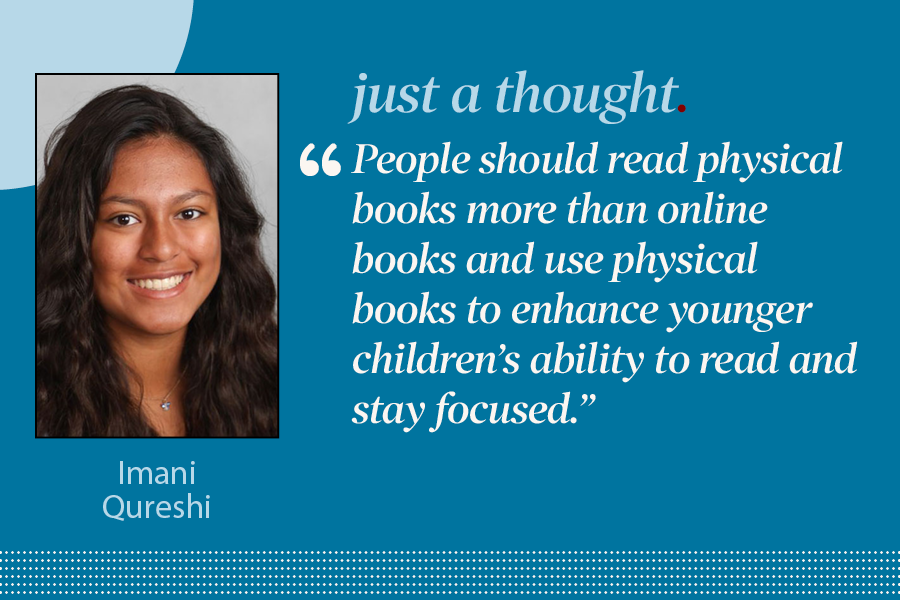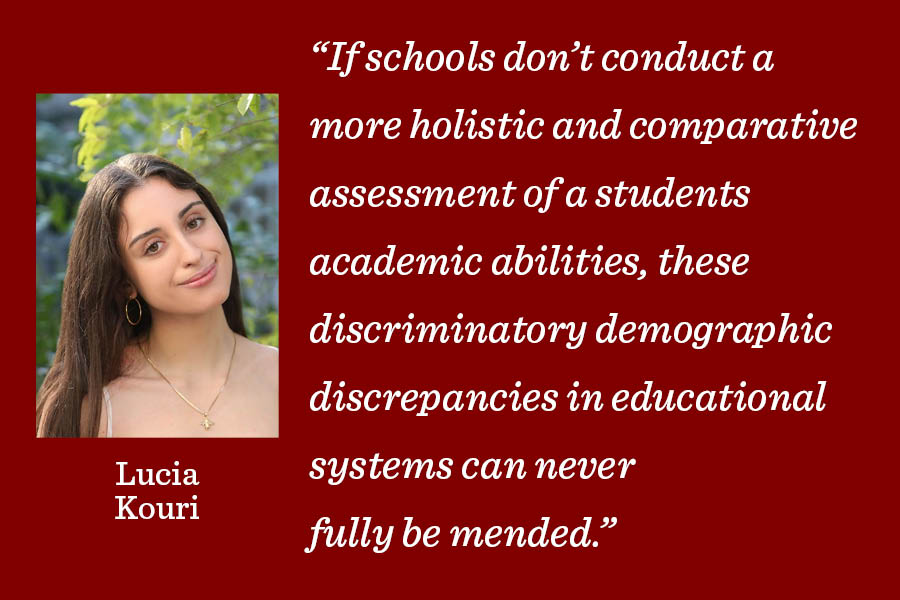Standardized testing ignores diverse backgrounds
Midway Staff
Editor-in-Chief Lucia Kouri argues that research proves standardized testing scores must be considered against socioeconomic background for college admissions to be fair.
January 6, 2022
Standardized testing has historically been aimed to measure an objective standard of student academic ability and potential in high school and college admissions. Typically high school standardized entrance exams consist of four multiple choice sections, similar to an SAT or ACT test form. While most colleges have stopped requiring testing in the past couple of years, many private and selective high schools still utilize standardized exams as a backbone of their admission and recruitment process.
High schools nationally should utilize an admissions process that measures students within brackets based on their socioeconomic and educational background instead of measuring everyone against one testing standard.
Many argue that measuring students based on different standards is entirely unfair. However, schools need to account for the fact that some students are advantaged from a young age in school systems, coming into the high school application process with significantly more preparation than others, and for no reason besides the environment into which they were born.
Studies have shown that in general, students coming from less privileged backgrounds perform consistently less well on standardized tests because of the structure of prior educational experiences. This has nothing to do with a natural ability or overall potential to perform well in school. It has everything to do with the process that many high schools use to evaluate student potential.
To maintain high academic standards in admissions, students’ academic abilities could instead be measured based on how well they perform relative to other people coming from the same educational background — a promising prediction of ability to succeed with support in future academic settings.
If schools don’t conduct a more holistic and comparative assessment of a students academic abilities, these discriminatory demographic discrepancies in educational systems can never fully be mended.































































